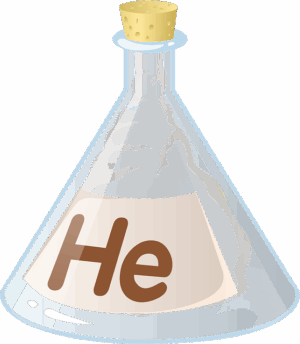In today's global science scene, effective communication through multilingual translation of Laboratory Reports and Scientific Data is key to fostering international collaboration, promoting transparency, and accelerating scientific progress by breaking down language barriers between researchers worldwide.
In today’s globalized scientific landscape, effective communication is paramount. Accurate multilingual translation of laboratory reports and scientific data enables seamless collaboration among researchers worldwide. This article explores strategies to meet the diverse language needs of scientific communities. We delve into efficient translation methods for global laboratories, overcoming language barriers in research reports, standardizing data access through machine translation, and fostering international collaboration by translating lab results without delay.
- Multilingual Translation: Meeting Scientific Data Needs
- Efficient Communication for Global Laboratories
- Overcoming Language Barriers in Research Reports
- Standardizing Data Access with Machine Translation
- Enhancing Collaboration: Translating Lab Results Globally
Multilingual Translation: Meeting Scientific Data Needs
In today’s global scientific community, effective communication is paramount for sharing knowledge and fostering collaboration. Multilingual translation plays a pivotal role in meeting this need, especially when it comes to laboratory reports and scientific data. By translating these essential documents into multiple languages, researchers from diverse linguistic backgrounds can seamlessly access and interpret critical information.
This becomes increasingly vital as scientific research transcends geographical boundaries, enabling international teams to work together on cutting-edge projects. Accurate translation ensures that lab results, methodologies, and findings are accessible to a broader audience, promoting transparency and the rapid advancement of scientific knowledge.
Efficient Communication for Global Laboratories
In today’s global scientific community, efficient communication is paramount, especially when it comes to laboratory reports and scientific data exchange. With researchers and laboratories scattered across borders, seamless multilingual translation services have become a game-changer. This need has led to advancements in technology, ensuring accurate and swift translations of complex scientific terminology.
By offering comprehensive multilingual translation for all laboratory reports and scientific data, institutions can foster international collaboration. It enables scientists from diverse linguistic backgrounds to work together seamlessly, sharing insights and discoveries without language barriers. Efficient communication facilitates knowledge transfer, accelerates research progress, and ultimately contributes to the advancement of science on a global scale.
Overcoming Language Barriers in Research Reports
In the global scientific community, effective communication is key to advancing research and fostering collaboration. However, language barriers have long presented a significant challenge, especially when it comes to sharing crucial laboratory reports and scientific data across different linguistic regions. To ensure inclusivity and accessibility, overcoming these language obstacles is essential for the advancement of knowledge.
Multilingual translation services play a pivotal role in breaking down these barriers. By offering precise and contextually appropriate translations for laboratory reports and scientific data, researchers from diverse linguistic backgrounds can seamlessly share their findings. This not only promotes international collaboration but also ensures that valuable insights and breakthroughs are accessible to a broader audience, thereby accelerating the pace of global scientific discovery.
Standardizing Data Access with Machine Translation
In today’s globalized scientific landscape, ensuring seamless access to laboratory reports and scientific data across diverse linguistic barriers is paramount. Standardizing data access through machine translation empowers researchers worldwide to collaborate effectively. This technology facilitates the sharing of knowledge by translating complex information from one language to another with remarkable accuracy.
Machine translation bridges the communication gap, allowing for the efficient exchange of laboratory findings, research methodologies, and scientific discoveries. By applying these tools, researchers can focus on what they do best—pushing the boundaries of human understanding—without being hindered by language constraints. This promotes a more inclusive and collaborative environment within the global scientific community.
Enhancing Collaboration: Translating Lab Results Globally
In today’s global scientific community, seamless communication is key to fostering collaboration and accelerating research progress. Multilingual translation services play a pivotal role in this aspect by enabling researchers worldwide to access and understand critical laboratory reports and scientific data effortlessly. This breaks down language barriers, facilitating knowledge exchange and interdisciplinary partnerships across borders.
By offering precise translations for both written and oral scientific content, researchers from diverse linguistic backgrounds can collaborate effectively, share findings, and build upon each other’s work. This translation accessibility not only enhances the impact of research but also encourages a more inclusive and diverse scientific landscape, where ideas and innovations thrive through global participation.
In an increasingly globalized scientific community, ensuring seamless communication across language barriers is paramount. By implementing multilingual translation services for laboratory reports and scientific data, researchers can foster international collaboration, enhance knowledge sharing, and expedite progress in their fields. Standardizing data access through machine translation technologies opens doors to diverse perspectives and expertise, ultimately revolutionizing how we conduct and share research globally.
